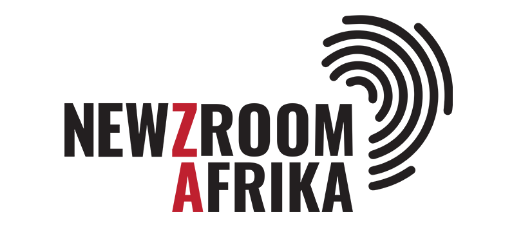Newzroom Afrika: Nkululeko Majozi joins discussion on the 2021 poverty line update


Studies in poverty and Inequality Institute’s Nkuleleko Majozi speaks to Thami Ngubeni from Newzroom Afrika on the updated national poverty lines for 2021 which was published by Statistics South Africa recently.
The food poverty line is also known as the extreme poverty line, the upper bound and lower bound poverty line contribute to the overall poverty statistics in the country. The food poverty line is based on a measure of the most minimum energy required to survive on a day-to-day bases, which has increased from R585 to R624, where the lower bound poverty line increased from R840 to R880, R1268 to R1385 is the current upper poverty line figures.
The lower bound poverty line is the food poverty line factored in with non-food items that are needed to sustain a household, the upper bound poverty line is based on survival with non-food items and the energy needed to survive. “The matrix to determine poverty in the country is outdated and It is not realistic,” Majozi outlines.
The numbers are available, but the numbers aren’t a clear representation of the extent of poverty on the ground. We should rather gauge the numbers with the food poverty line for more accurate figures, The World Health Organisation determined that the minimum number of kilojoules needed to survive a single day, this is minimal survival, and not living.
It is not a good way to measure a sustainable way of living, a Decent Standard of Living should be the official measure used to determine if someone is living in poverty, it is a human centric approach to determining poverty. DSL data based on our research and surveys indicated that people consider 21 Socially Perceived Necessities (SPNs) to live a decent day-to-day life in South Africa.
“DSL Allows people to live with dignity, instead of just surviving.” – Nkululeko Majozi adds.
The 21 SPNs are based on a combination of food-items and non-food items that a household needs to function, people within these 21 SPNs have highlighted access to electricity, shelter, having a shower in the house as well as having someone to take care of you when you are ill. This also allows people to participate in society with dignity.
The food basket consists of staple food items, where people need more than just the bare minimum, they need non-food items as well as items such as security etc. It is more than just a breakdown of the food items, it’s much more. Electricity increases frequently as well, if you factor that into daily survival costs, you are not factoring in the cost of non-food items, transport, etc. R624 (the food poverty line) does not cater for these things.
The adjustment to the national poverty lines indicates the cost of living has increased, which has serious implications to South Africans on top of COVID restraints. It takes more than just the basics to survive in south Africa, and the current social security measures in place do not meet the food poverty line.
The Social Relief of Distress grant, for example, is only R350 which is 56% of the food poverty line which is now R624, and Child Support grants are R460, which is 74% of the food poverty line, the government is determining the level of poverty in a mismatch way.
Government can fight poverty in the country by bringing in a Basic Income Grant which can help those stricken by poverty to participate in the society in a way that brings them dignity.
Source: Newzroom Afrika